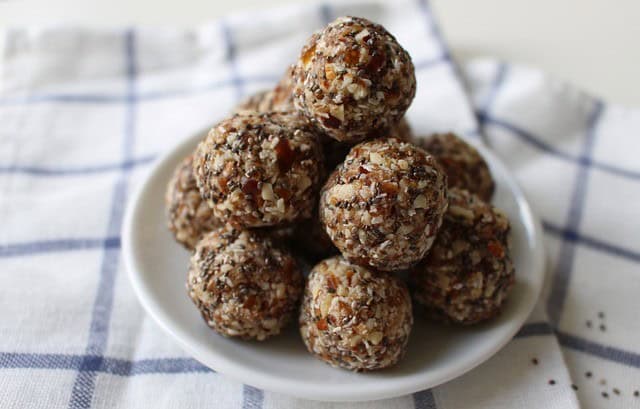A Guide to Snacks
What is a Snack?
Snacks are typically defined as food consumed between main meals. The difference between a ‘nutritious’ snack and one that isn’t the ‘healthiest’ is what you are consuming, how much you are consuming, when you are consuming it and why you are consuming it.
Purpose of Snacks
When you go without eating for several hours, your blood sugar levels will drop and you may experience low energy, brain fog, inability to concentrate etc. A structured balanced light snack can provide sustainable energy to last long periods between your larger main nutritious meals.
Snacks can be beneficial for those who have smaller appetites. If you cannot consume enough food at your three main meals to meet your daily caloric needs, breaking your meals down into smaller meals more frequently throughout the day can help you meet your caloric requirements. You would want to sit down to meal plan a few sample nutritious meals and quick snack options.
Depending on your fitness goals and diet, if you want to lose weight, gain muscle or prep for an event, ready-to-eat healthy snacks can help you meet those goals. The convenience of these snacks makes eating healthy easier, even with a busy lifestyle, and supports maintaining a healthy lifestyle.
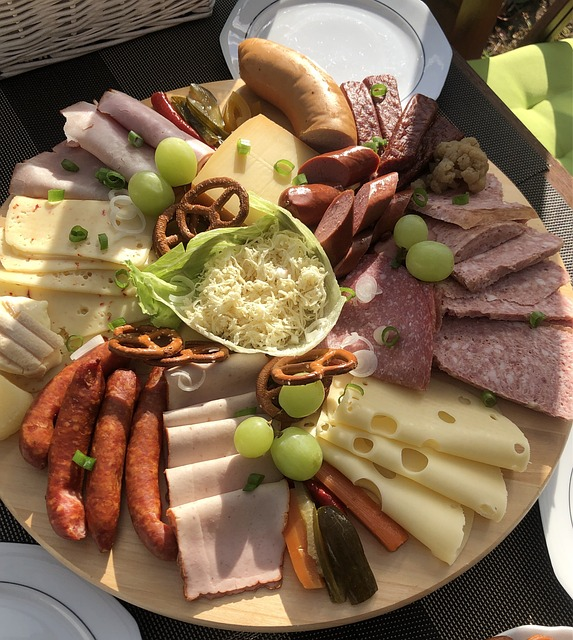
What to Consider When Snacking for Weight Loss
A few things to be aware of when snacking are:
- what am I snacking on
- how much am I consuming
- when am I snacking
- why am I snacking
Even though snacks can be beneficial, we want to be mindful that we are not unintentionally in a caloric surplus. If our snacks are too frequent or large, we may be eating too many calories and therefore gain excess body fat.
Unless you are an athlete looking to build muscle, in a caloric surplus or carb load for an event, typically we want to snack about 1-3 times per day. Our snacks should be around 25-50% of the size of our main meals (this is very individual).
We also want to be mindful of snacking time. If we eat lunch at noon, we shouldn’t be reaching for a snack at 1 pm! Typically, snacks can be consumed around 3-4 hours after a meal and about 2-4 hours before our next meal. So if we have breakfast at 7 am, we may have a snack around 10 am and then lunch around 1 pm. If we continue with this day, as an example, perhaps after lunch we have a snack around 4 pm before our 5 pm workout and then dinner is around 7 pm.
We also want to be mindful of what we snack on. Yes, we can enjoy potato chips, popcorn, ice cream etc. However, those should be occasional treats and not seen as a snack per se. A snack should be balanced, just as our meals are, except a smaller portion size.
A satisfying snack will leave you feeling energized and ready to go for another few hours. Snacks should be balanced around protein, carbs, healthy fats and fiber. Reflect before consuming your snack if you are craving something in particular, for example:
- crunchy
- creamy
- sweet
- salt
- savoury
We want to be intentional with our snacks. Are we snacking because we are bored, anxious, stressed, tired, angry, sad etc? If you are unsure, take a moment to meditate on how your body is feeling. Also, reflect on when your last meal was. If it was less than 2 hours ago, perhaps you aren’t hungry and it’s something else you need. Go for a walk, have some water, get some fresh air, put some cold water on your face, and delay eating for 15 minutes or longer. See how you feel. If you are hungry, have a snack, and if you aren’t then wait.
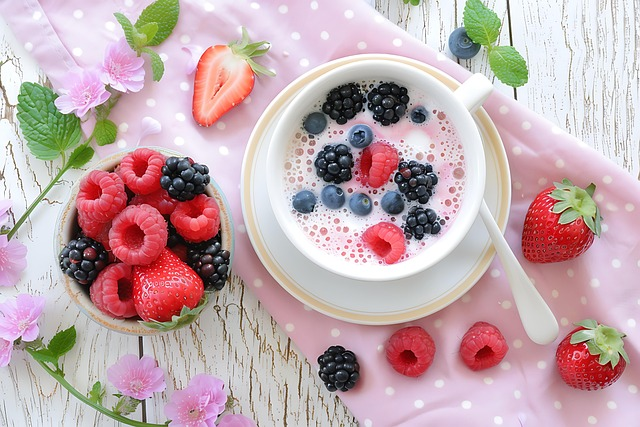
How to Build a Healthy Snack with Healthy Fats
When building a healthy snack we want to keep the same principles as our main meals: protein, carbs, fats, fibre.
The main difference will be portion sizes.
We don’t want to just reach for an apple, or a handful of nuts, because one, we won’t be satisfied, and two we will be hungry again in about 30-60 minutes.
It is also important to avoid snacks high in added sugar, as they can lead to unhealthy spikes in blood sugar levels and contribute to weight gain.
When building a snack, it’s best to start with protein, as protein is the main macro that should be consumed multiple times throughout the day in high enough amounts.
- Main meals around 30-50 grams and snacks around 20-40 grams.
Once you know your protein source, add carbs via starch and or fruit. Carbs are the body’s main fuel source and will help keep you energized. If you are not looking for a quick source of energy, we want to prioritize complex carbs with fibre. For example, whole grain bread, high fiber fruits, oats, legumes etc.
After you have your protein and carbs (and fiber) we can think about fats. Fats will help provide satisfaction as they are flavourful and will also help with satiation as they slow down digestion (along with fibre).
One thing to remember with fats is that they are very calorically dense! We don’t want to go overboard with the fats, just about 1 tbsp.
Foods to Prioritize
PROTEIN
- greek yogurt, cottage cheese
- eggs, egg whites
- tuna, salmon, shrimp
- protein powder
- sliced turkey meat, chicken
- lentils, edamame, tofu
CARBS
- fruits
- root vegetables; potatoes, beets, squash
- rolled oats, granola
- whole grain bread, wraps, crackers
- legumes, lentils, beans
FATS
- nuts, seeds, coconut, chia, hemp, flax
- chocolate
- avocado, olives, cheese
FIBRE
- beans, legumes, oats
- chia seeds
- whole grains, whole wheat toast
- bran, psyllium
- skin on fruits and veggies (apples, pears, berries, cucumber, potato)
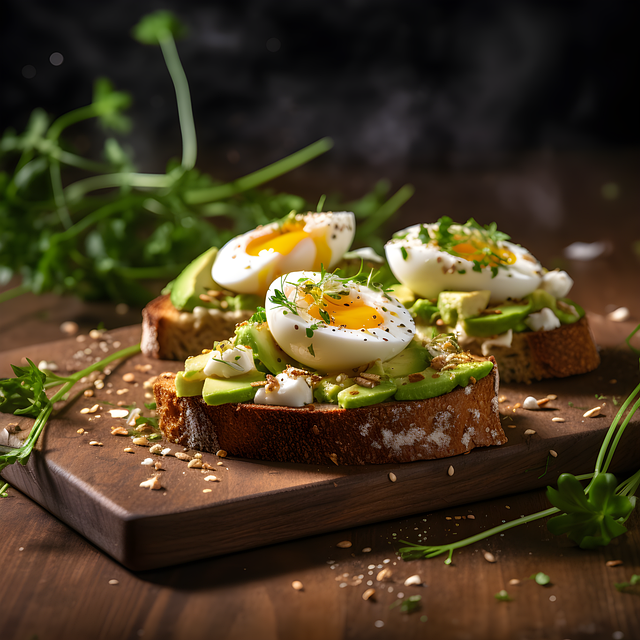
Different Taste Preferences
CRUNCHY
- raw veggies, apples, crackers
SWEET
- fruits, dark chocolate, root veggies
SALT
- nuts, crackers, cheese
SAVOURY
- cream cheese, chickpeas/legumes, nut butter
CREAMY
- greek yogurt/cottage cheese, hummus, avocado
Quick Snack Ideas
greek yogurt, fruit, nuts/granola
whole-grain toast, banana, peanut butter, cottage cheese
protein smoothie with fruit and dark chocolate
protein shake with energy bites made with dates and peanut butter
lentils, eggs, feta cheese
crackers, hummus, tuna, raw vegetables
whole-grain toast, tuna, avocado
cottage cheese, veggies and apple, nuts
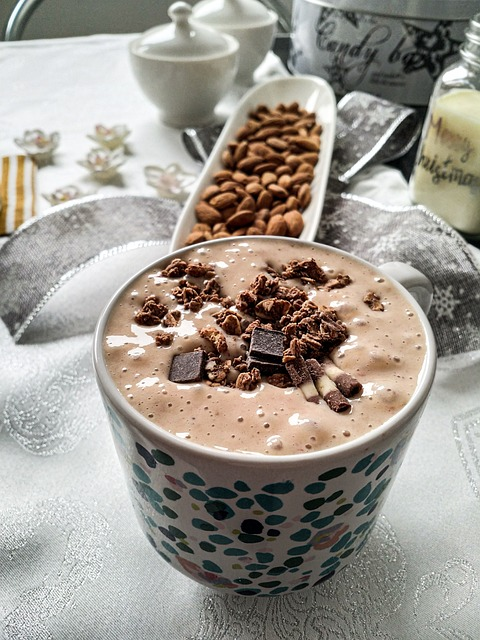
Snacks for the Athlete
Snacks for the athlete can be beneficial in multiple scenarios.
A pre-workout snack can give the athlete a dose of carbohydrates to fuel their workout. A post-workout snack can provide the athlete with both protein and carbs to recover from their session. An intra-workout snack can provide the athlete with quick carbs to sustain their workout for longer.
If an athlete is looking to gain muscle mass, or carb load before an event, snacks can be very helpful to get their overall daily calories up. Eating three main meals a day, will typically not be enough for the athlete to meet their daily caloric needs, while also not overeating in one sitting.
Pre-Workout Snacks
Depending on how close you eat before your workout, a pre-workout snack will want to have both carbs and protein.
Generally, if you are eating >90 minutes pre-workout, you can opt for more complex carbs with some fibre and a bit of fat. For example, root vegetables, whole grains, and fruits.
If you are eating 30-60 minutes pre-workout we want to prioritize simple sugars with minimal fats and fibre as they slow digestion. You would want to prioritize fruits.
Intra-Workout Snacks
Intra-workout snacks will mostly focus on carbohydrates. We want to prioritize easy-to-digest simple sugars, as the main intention for consuming carbs, intra-workout is to provide the working muscles with energy to sustain activity.
Things like honey, maple syrup, dates, fruits, and fruit juices would be good examples.
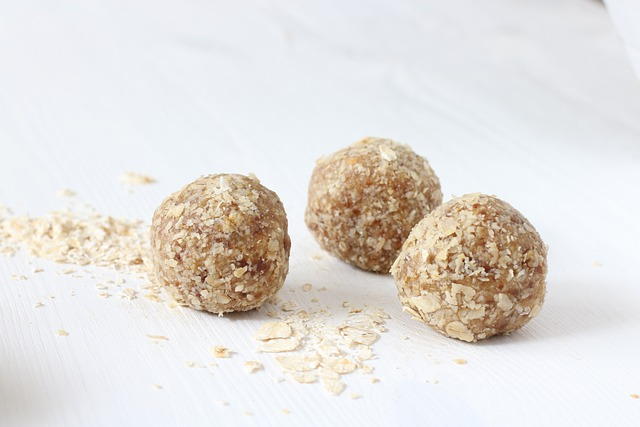
Protein Bars versus Energy Bars
Protein bars and energy bars can be used as convenient food when needed.
Protein bars will be higher in protein and are primarily used post-workout to aid in recovery. They should provide around 20 grams of protein or more. Protein bars can also support weight loss by helping to control hunger and maintain muscle mass.
Protein bars can also be used as a snack during the day to help meet protein requirements.
Generally, protein bars will also contain a source of carbs, fats and fibre.
Energy bars on the other hand will be higher in carbs and are primarily used for pre and intra workout. They are a quick source of energy that is easy to digest.
When workouts are longer than 60 minutes in length, energy bars can be used intra-workout, to maintain blood glucose. They should provide 30-60 grams of carbs, ideally from a combination of glucose and fructose.
When exercise is longer than 90 minutes, energy bars should provide 60-90 grams of carbs, again a mix of glucose and fructose. (Note you can also have two energy bars that contain fewer carbs to make up the 60-90 grams of carbs needed)
Energy bars should be low in fat and fibre to minimize GI distress and promote gastric emptying.
They can also be used post-workout, in combination with a protein source to increase carb consumption, especially after glycogen-depleting activities.
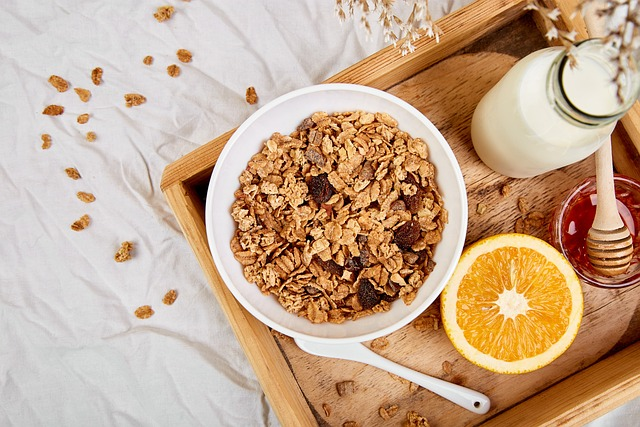
Snacks in the AK Menu
Athletes Kitchen has a variety of healthy, delicious, pre-packed snacks for you to choose from. A few sweet snacks on the menu are seasonal fruits, grainless granola, chia seed pudding, energy bites, brownie bites and avocado pudding. They also have savoury sides like sweet potato wedges, chicken and steak and roasted vegetable salad.
Here are a few snack ideas using the AK menu:
- greek yogurt with seasonal fruits and energy bites
- sweet potato wedges with side chicken and an apple
- paleo chocolate chip cookie with a protein shake and a banana
- overnight oats with a side of cottage cheese
Resources
For further reading and snack ideas check out these blogs:
- https://www.health.harvard.edu/staying-healthy/7-ways-to-snack-smarter
- https://food-guide.canada.ca/en/tips-for-healthy-eating/healthy-snacks/
- https://www.healthlinkbc.ca/healthlinkbc-files/healthy-snacks-adults
- https://myplate-prod.azureedge.us/sites/default/files/2022-04/TipSheet_12_HealthySnackingWithMyPlate.pdf
Support
If you are looking for a nutritionist to help you meal plan, Diane, who is a nutritionist and trainer works with clients to ensure they are fuelling their bodies, while helping you meet your fitness and wellness goals. She offers complimentary consultations to talk more about your health and fitness goals and how her services and approach can help you. You can reach her here.
